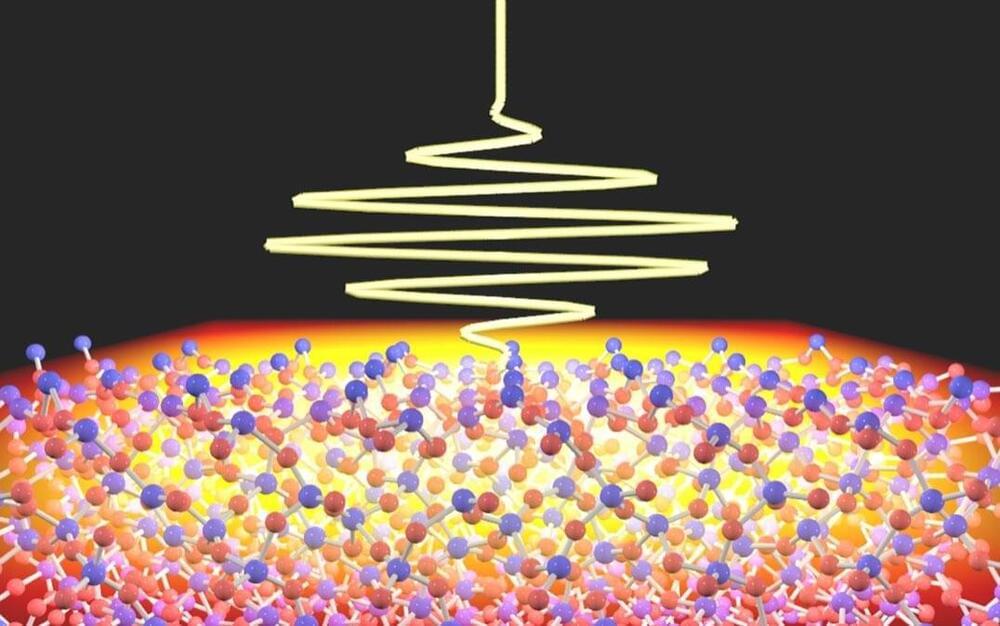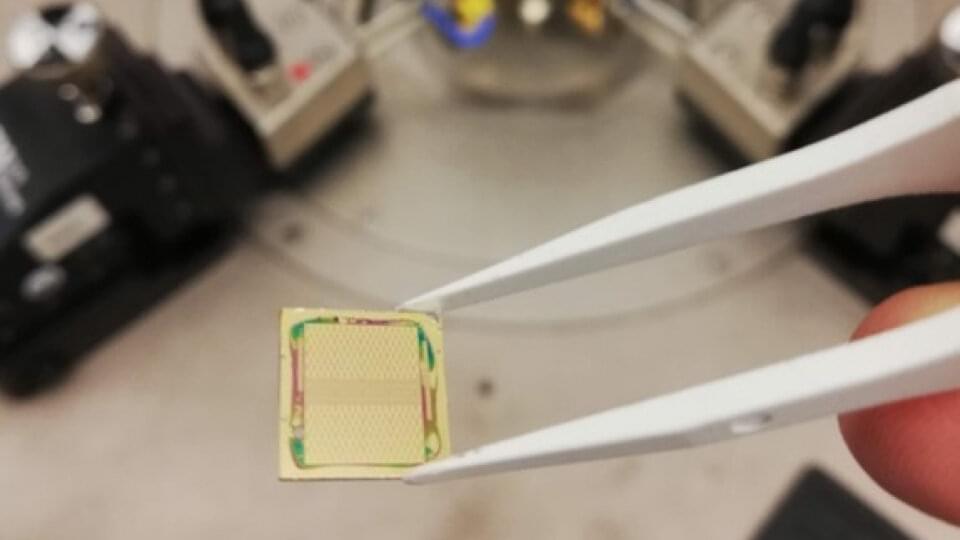Could it really happen?Looks like Meta is swinging for the cheap seats.
Looks like Meta is swinging for the cheap seats.
The social media superpower Meta (formerly Facebook) has announced that it has built an “AI supercomputer” — an unconscionably fast computer designed to train and enhance machine-learning systems, according to a Monday post from Meta CEO Mark Zuckerberg.
“Meta has developed what we believe is the world’s fastest AI supercomputer,” said Zuckerberg in his post. “We’re calling it RSC for AI Research SuperCluster and it’ll be complete later this year.”







